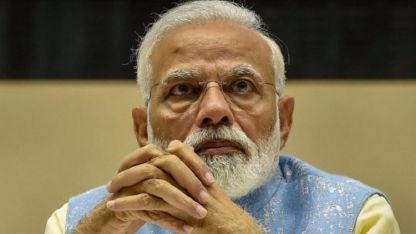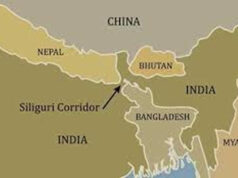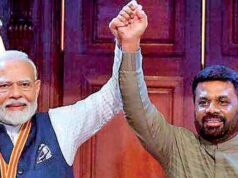RCEP Participating Members Giving ReLook To The Agreement For Hidden Agendas

Indian Prime Minister Narendra Modi
By
Colonel Awadhesh Kumar, Special Forces
India’s concern over a widened trade deficit is justified as cheap Chinese products have been already flooding the country since several years, after the last poorly negotiated trade deal. Now if India lets the RCEP deal take effect in its current form, as being pressed by China, then there will be immense burden on India. The benefits of joining the RCEP may currently look good on paper but there are many hidden pitfalls, especially at a time when the Chinese economy is showing signs of slowdown.
Japan the fourth largest economic power ( in PPP terms the most correct indicator ) has now veered around to India’s concern on the RCEP.Japan has realized that India’s decision to delay signing of the Regional Comprehensive Economic Partnership (RCEP) was absolutely right and not just another negotiating ploy.
Considering imports from China, India must enforce considerable import restrictions on more than 200 varieties of cheap products, flooding the Indian market without reciprocal import by China. Perforce India needs to impose higher tariffs on imports from China than from other negotiating countries, as other RCEP members are already importing or have agreed to import from India.
Over recent decades, it was India which had stood like a wall and fought for itself and the economically weak and other developing countries at the WTO and other forums dominated by countries of the so called First World. India has very deliberately begun to participate in the global value chain and had refused to rush in blindly even when goaded by others. Due to this reason Indian industrialization may have lagged behind. However since 1757 to 1947 (190 years) around $45 trillion (in current terms) was siphoned off from India, thus weakening its agricultural base. This needs to be consolidated first and therefore the country has not engaged in any regional trade agreements.
The RCEP is one of the few where India is keen to integrate into value chain, because it was basically this grouping where India has been trading since the time of Mauryas and contributing to over 35% of the World GDP. Chia was the Junior partner.
Therefore without India’s participation, the 15-member RCEP will shrink considerably in terms of population and trade volume. Therefore the members must change those terms which favours others over India in a lopsided way.
RCEP-participating countries should make mutually agreed concessions, which has win win situation for all. China should be aware that India will not give in. Knowing this Japan and ASEAN countries of RCEP will always keep the door open for continued negotiations with India.
The RCEP also knows that as an alternative, India can always promote SAARC and BIMSTEC grouping on the Bay of Bengal side and Central Asia,Middle East on the Arabian Sea Side. Then there is the African Continent and India is also cementing ties with the South American Continent.
The current 15 member states of the RCEP are trying to sign the agreement by 2020 as per schedule. Without India, the RCEP on paper may cover a combined GDP of about $29 trillion and may still look the world’s largest regional trade agreement but will start floundering in no time. Without India they will not be able to counter balance the dominating forces.




